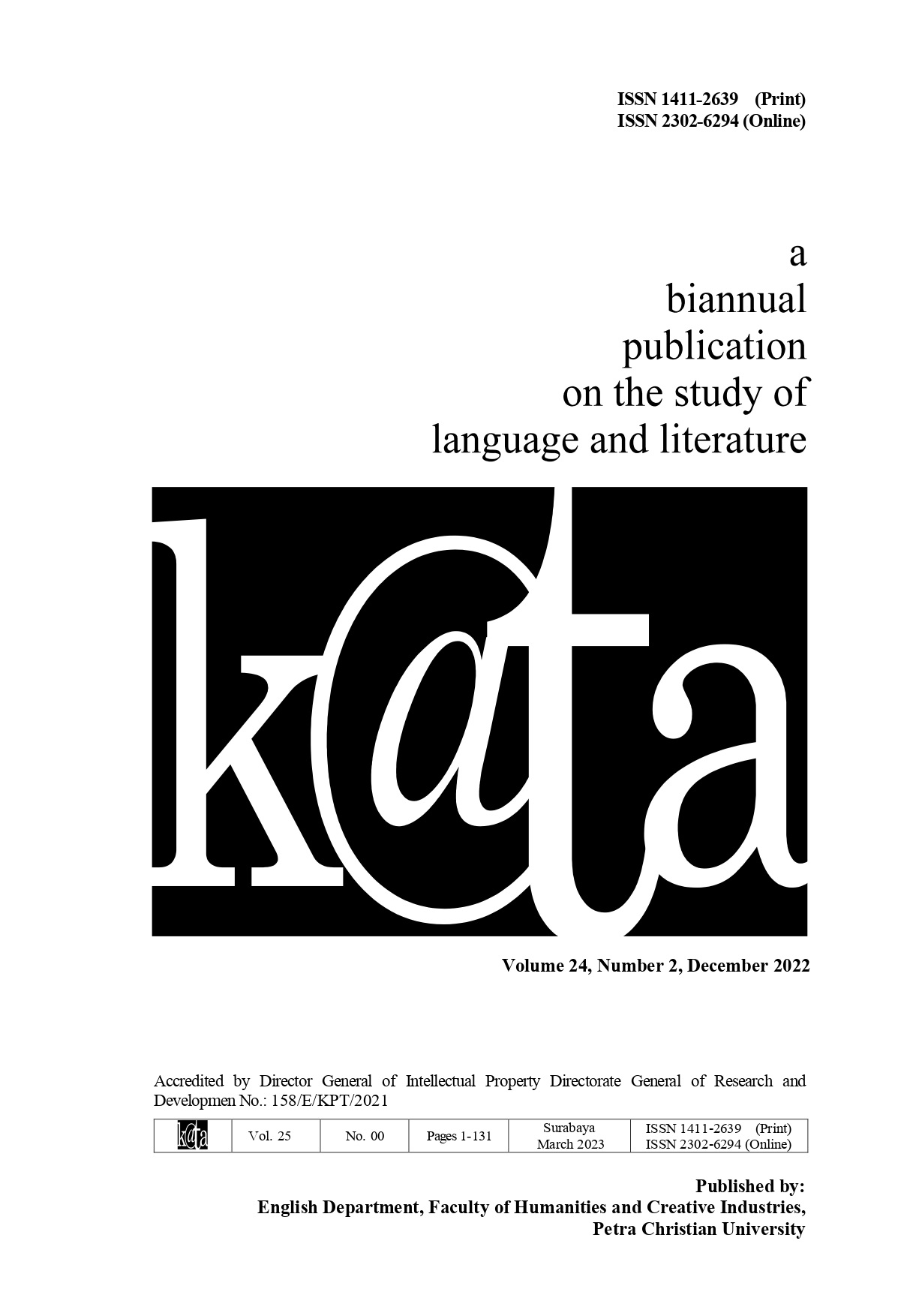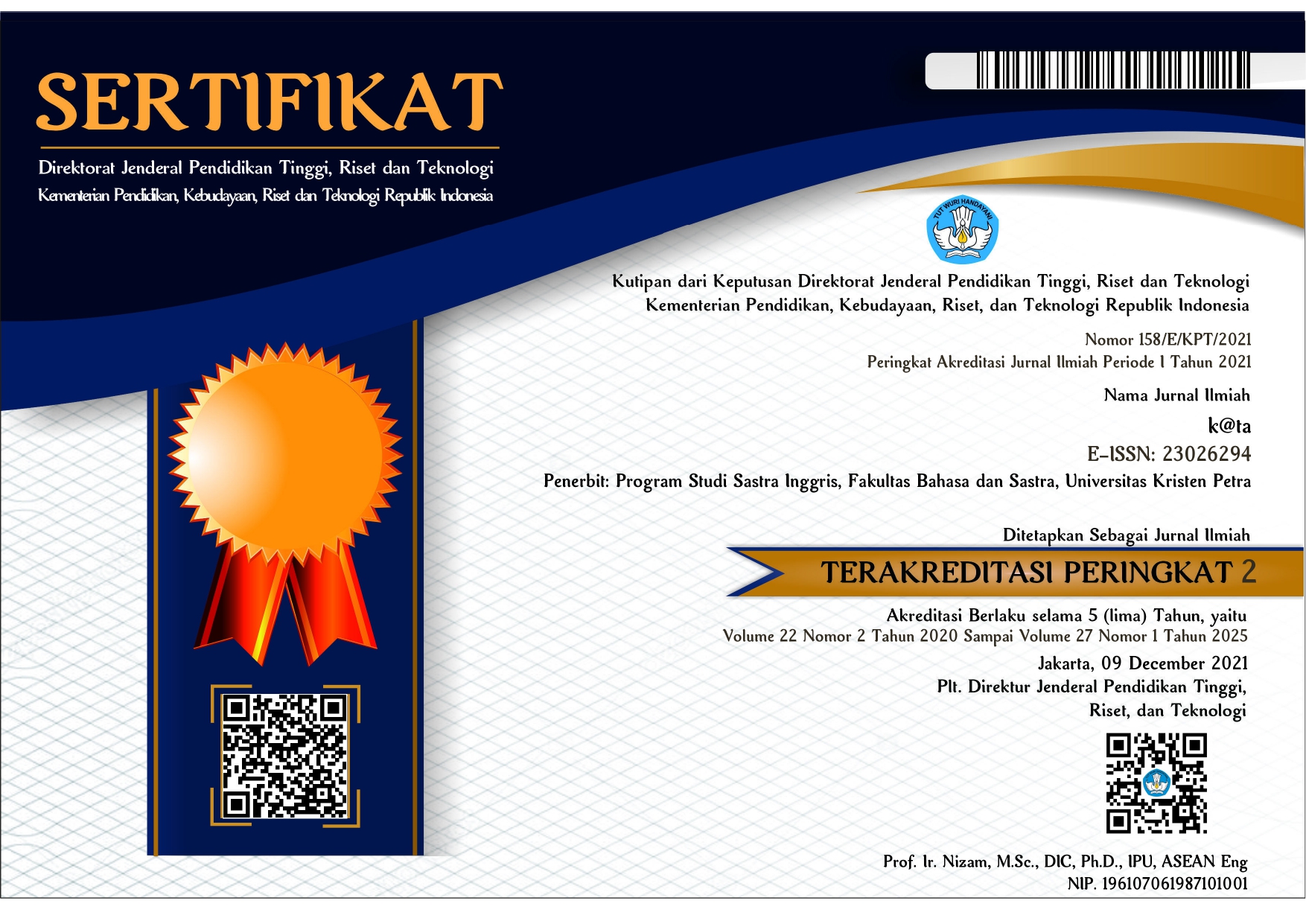Public Diplomacy Activities of Korean Cultural Center in Contemporary Theory Perspective
Abstract
This paper focuses on activities of Korean Cultural Center Indonesia (KCCI) through the analysis of Korean government policies regarding public diplomacy by Ministry of Foreign Affairs (MOFA). KCC is affiliated organization under the Korean Culture and Information Service (KOCIS) under Ministry of Culture, Sports and Tourism (MCST). KCC is established in foreign countries to spread Korean culture and enhance national image through political communication with public. Since the beginning, KCCI has shown contradictory tendencies. On one hand, their mission is to show Korea's strength, but on the other hand, they organize cultural exchange programs that imply equality between the Korean side and its partners. By using a public diplomacy 3.0 theory which is based on cosmopolitanism to evaluate KCCI’s practices, this paper finds that practice of public diplomacy by KCCI is still consisted within public diplomacy 2.0 which is focus on enhancement of national image and creation of a favorable diplomatic environment due to holding hegemony in global soft power competition.
Downloads
References
Berridge, G. R. (2022). Diplomacy: Theory and practice. Palgrave Macmillan.
Foucault, M. (1980). Power/knowledge. Harvester.
Gramsci, A. (1992). Prison notebooks. Columbia University Press.
Lee, S. J. (2011). South Korean soft power and how South Korea views the soft power of others. In Lee, S. J. & Melissen, J. (Eds.), Public diplomacy and soft power in East Asia (pp. 139-161). Palgrave Macmillan.
Melissen, J. (2005). The new public diplomacy: Bet-ween theory and practice. In Melissen J. (Eds.), The new public diplomacy: Soft power in international relations (pp. 3-27). Palgrave Macmil¬lan.
Park, E. (2020). Korea’s public diplomacy. In Snow, N. & Cull, N. J. (Eds.), Routledge handbook of public diplomacy. Routledge.
Pasquier, M. (2008). The image of Switzerland: Between cliches and realities. In Dinnie, K. (Eds.), Nation branding: Concepts, issues, practice (pp. 79-91). Elsevier.
Schindler, C. E. (2018). The origins of public diplomacy in US statecraft: Uncovering a forgotten tradition. Palgrave Macmillan.
Snow, N. (2020). Rethinking public diplomacy in the 2020s. In Snow, N. & Cull, N. J. (Eds.), Rout-ledge handbook of public diplomacy 2nd ed. Routledge.
Wolf, C. Jr. & Rosen, B. (2004). Public diplomacy: How to think about and improve it. Rand.

This work is licensed under a Creative Commons Attribution 4.0 International License.
![]() This work is licensed under a Creative Commons Attribution License
This work is licensed under a Creative Commons Attribution License




.png)
.png)

.png)













